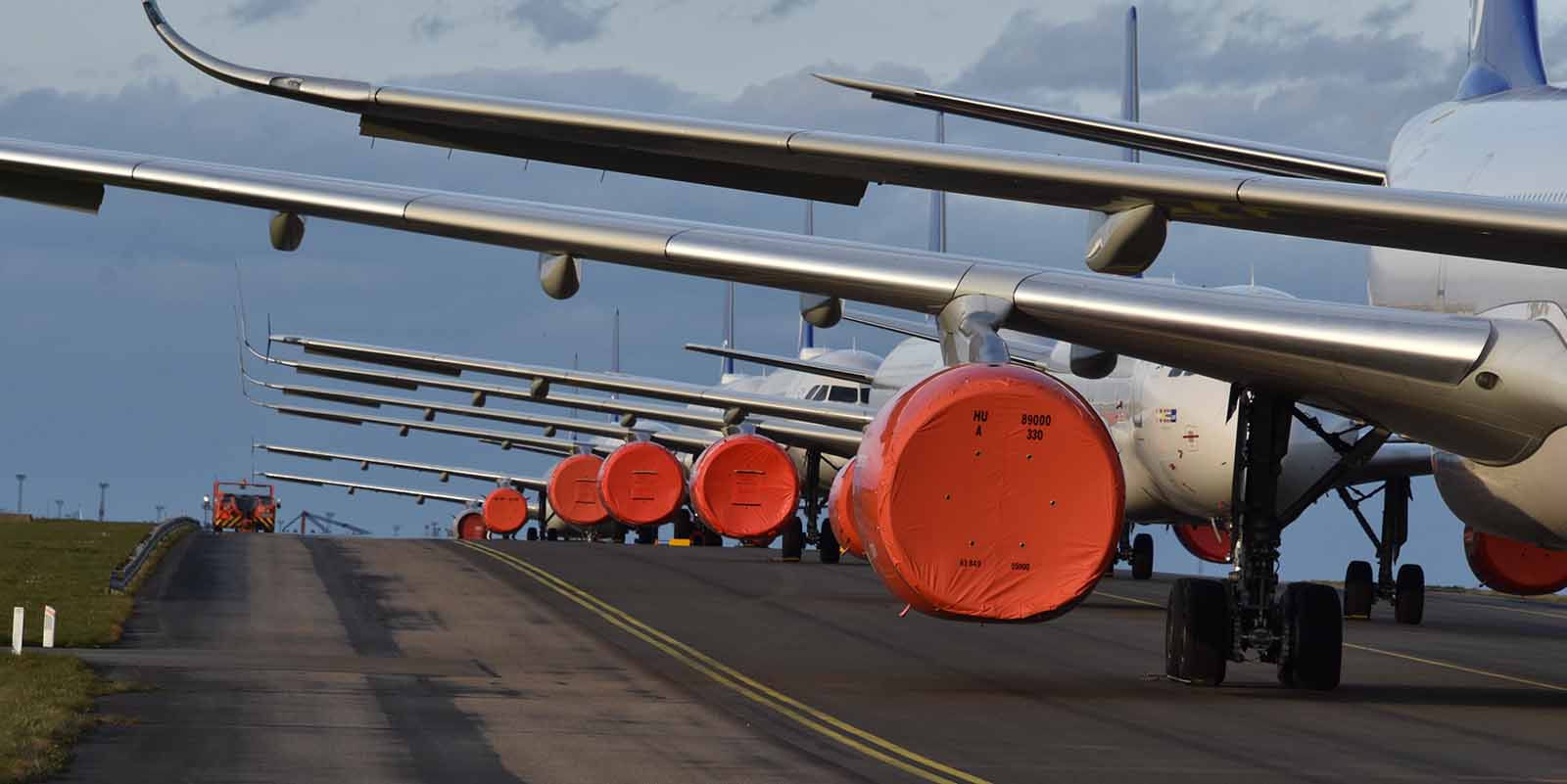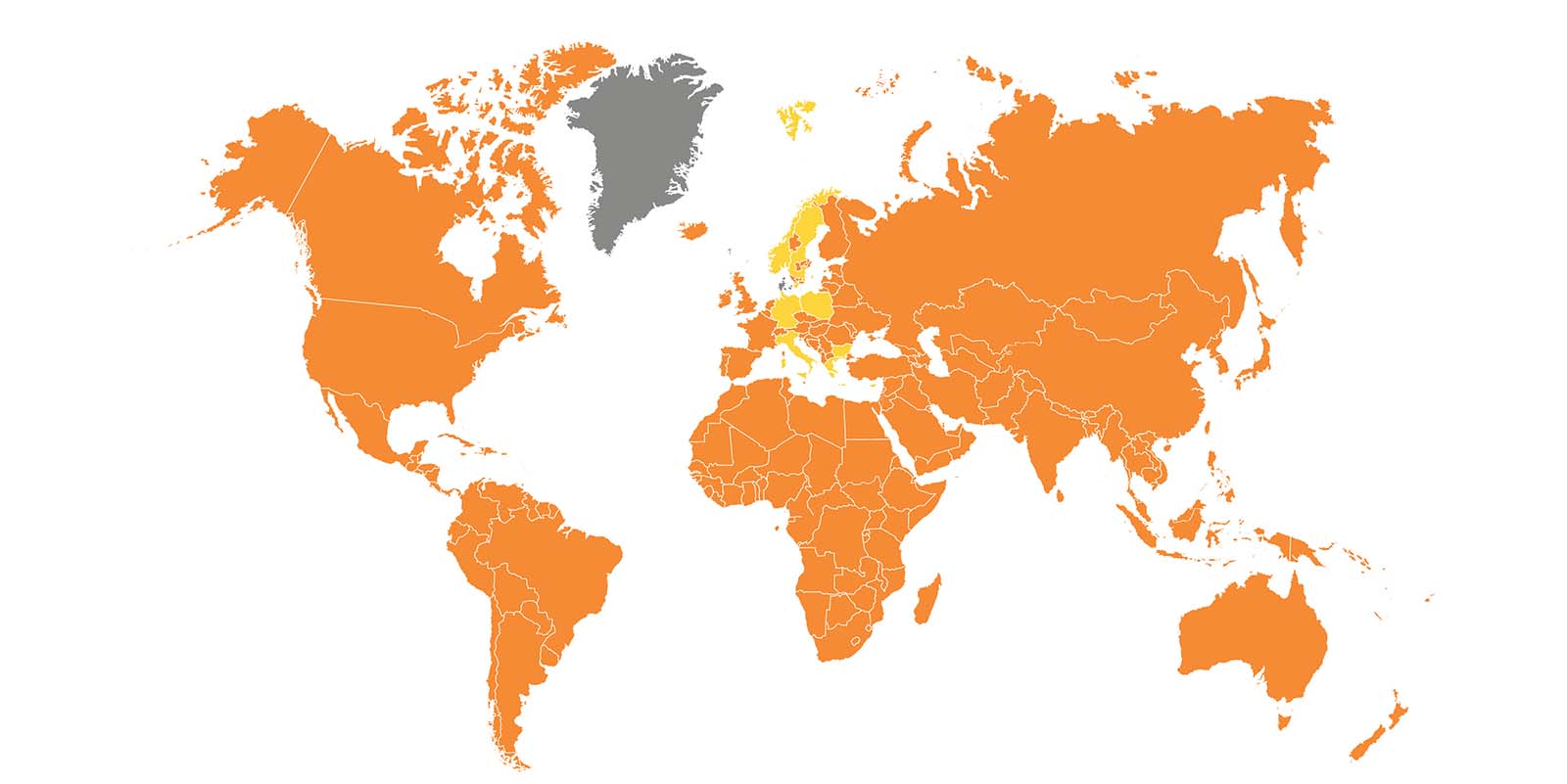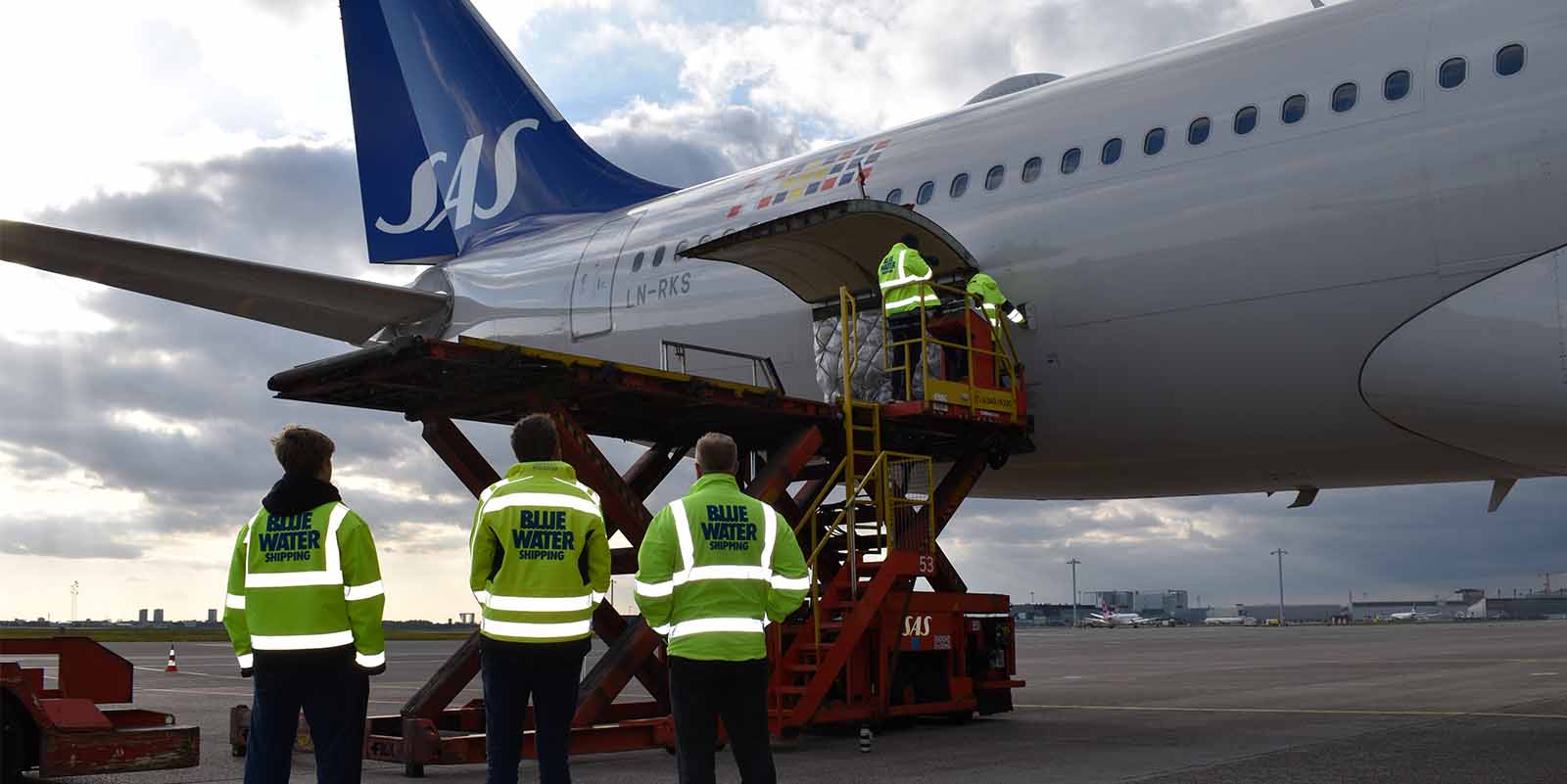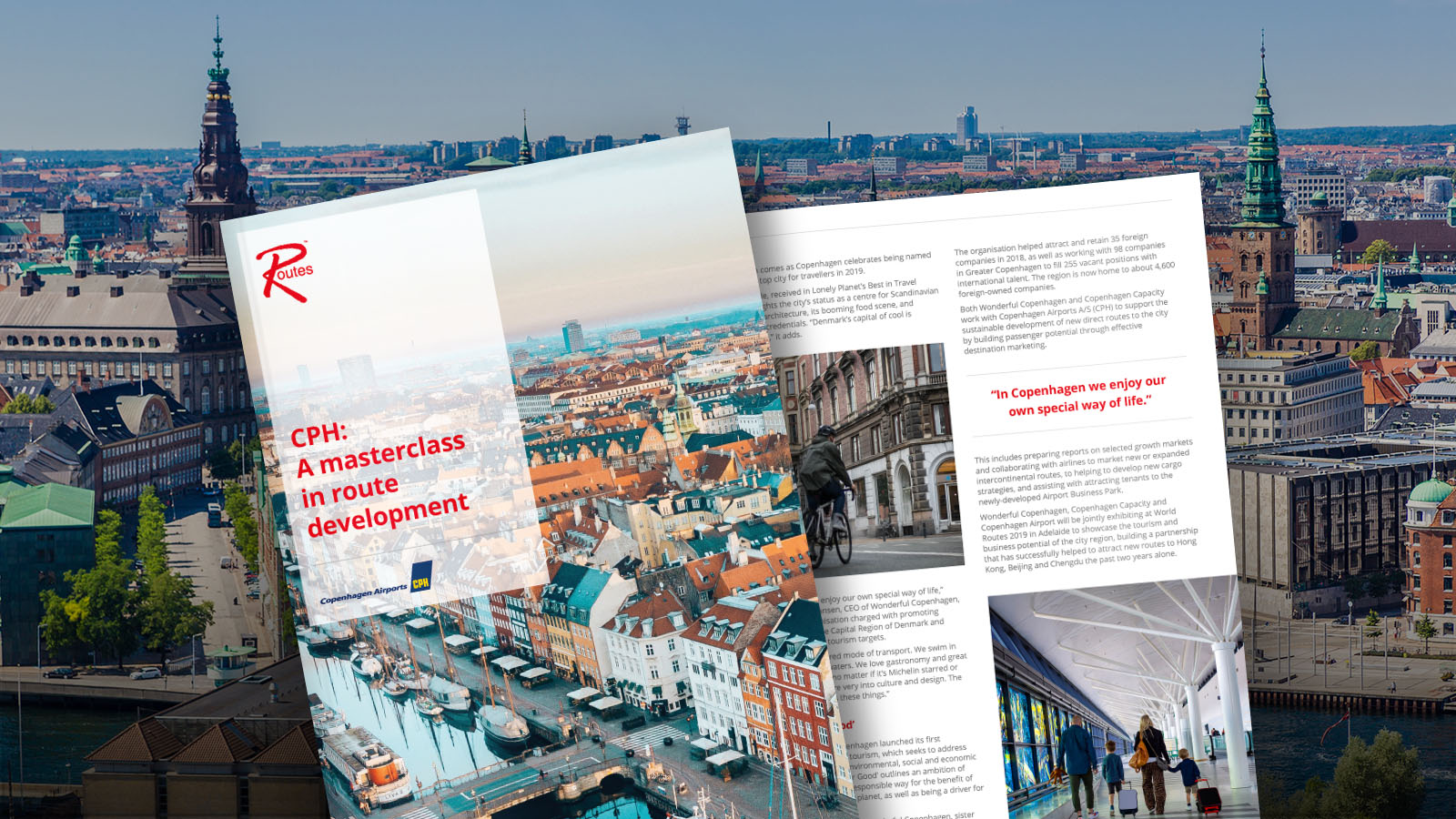The new reality at Copenhagen Airport
Worldwide, the aviation industry has been severely impacted by the effects of the coronavirus – especially where travel restrictions have proven to be a serious hindrance to the restart of air travel, and the industry at large is still living in the shadow of coronavirus.

PHOTO BY: MICHAEL MIDTGAARD
PUBLISHED: 13/10/2020
Passenger traffic at a historical low level
As the coronavirus pandemic gradually brought global aviation to a standstill, Copenhagen Airports A/S (CPH) saw passenger traffic plunge to a historical low level.
Across the airport’s entire ecosystem, from airlines to ground handlers, and the many shops and restaurants, the coronavirus pandemic created a highly challenging and, for some companies, an existential crisis. A considerable part of CPH’s employees were furloughed within a government-initiated wage compensation scheme, and on certain days there were fewer than 500 passengers in the terminals.
With the travel restrictions loosened in June, the summer showed a rise to approximately 20 percent of last year’s traffic figures, and thus nowhere near normal. As a result, CPH experienced a quiet summer with only 1.3 million passengers passing through the terminals during June, July and August – a decline of 85% compared to the summer of 2019.
Becoming a smaller-sized airport
In order to secure its long-term competitive strength, CPH has had to align the organization to the lower level of activity that the aviation industry is currently experiencing, which we expect will continue for some time. Consequently, 511 of 2,600 full-time positions have been removed, which is a sad and unfortunate situation. However, given the prospects of an extended period with significantly fewer passengers, CPH has had no choice but to adapt activity levels and its headcount to the new reality, as have many other companies in and around Copenhagen Airport.
The current situation requires CPH to be an agile organization, where the primary focus is on short-term milestones. Nevertheless, the overall strategy remains the same, and we maintain the long-term development plans for the airport and the contribution to a sustainable transition of Danish aviation, thus meeting the expectations of society.
Ensuring a way forward with safe air travels
One of the key objectives of Copenhagen Airport is to provide maximum connectivity in and out of Denmark to the rest of the world, both for the country, and for Danish businesses.
However, with the aviation industry being hit by the worst crisis since World War II, “everybody is waiting for an effective treatment and an accessible COVID-19 vaccine, so the world can reopen; the restrictions can be lifted, and we can again travel freely. Until that happens, we must do everything we can to make travelling as safe and secure as possible,” says Peter Krogsgaard, Chief Commercial Officer at CPH. That is why CPH, together with the companies operating out of CPH, work closely with the Danish authorities on pursuing measures that can help to restart aviation, while also ensuring safe travel that minimizes the risk of spreading COVID-19.
One of the measures pertains to the travel restrictions that have impacted the arriving passenger flow in Copenhagen Airport. During summer, the extra passport checks at border control at times resulted in long queues – especially as social distancing requirements were being met. Consequently, CPH worked together with the Police to develop a solution where flights from countries with a low infection rate were subject to sample passport control when arriving at CPH. As a result, Denmark implemented an adjusted border control on September 3rd in accordance with the above criteria.
Another measure pertains to the very heart of ensuring a corona-free travel environment. Since June, CPH has hosted one the national COVID-19 test centers, which offers free tests to all departing passengers. Over the summer, test capacity has been increased significantly, and results are available within 72 hours – sometimes even faster.
In Denmark, a “Restart team for aviation”, appointed by the Danish Government, with representatives from SAS, CPH, AAL, Norwegian, and others, has recommended the introduction of fast-response COVID-19 tests in airports, in order to enhance health measures in the aviation sector, strengthening both the authorities’ and the passengers' experience that it is safe to travel.
Furthermore, CPH supports ACI’s proposal for uniformed travel guidelines and testing regimes on an EU level. Preferably, a test regime could be introduced at EU- level, where all departing passengers are tested before departure. Until that can be established, a solution in Denmark that focuses on the arriving passengers, is a way to get there.
Sustainable transition of aviation remains an important goal
Despite the coronavirus crisis, maintaining CPH’s strong commitment to the green transition is still the ambition. As part of these efforts, CPH was, along with SAS, Norwegian, DAT and others, a key contributor to a plan presented to the Danish government in the first half of 2020, on how Danish aviation can become a zero-emissions industry by 2050, and how emissions can be lowered with 30 percent by the year 2030. A concrete plan for the development and production of emission-free fuel – SAF – were later presented in cooperation with Ørsted, Maersk, SAS, and others, establishing that it is possible to supply the industry with 30 percent SAF in 2030.
At the end of the day, we do not know what the world looks like in a year’s time. By focusing on the above short-term, must-win battles, CPH works tirelessly to contribute positively to the aviation industry, as well as to Danish society.



